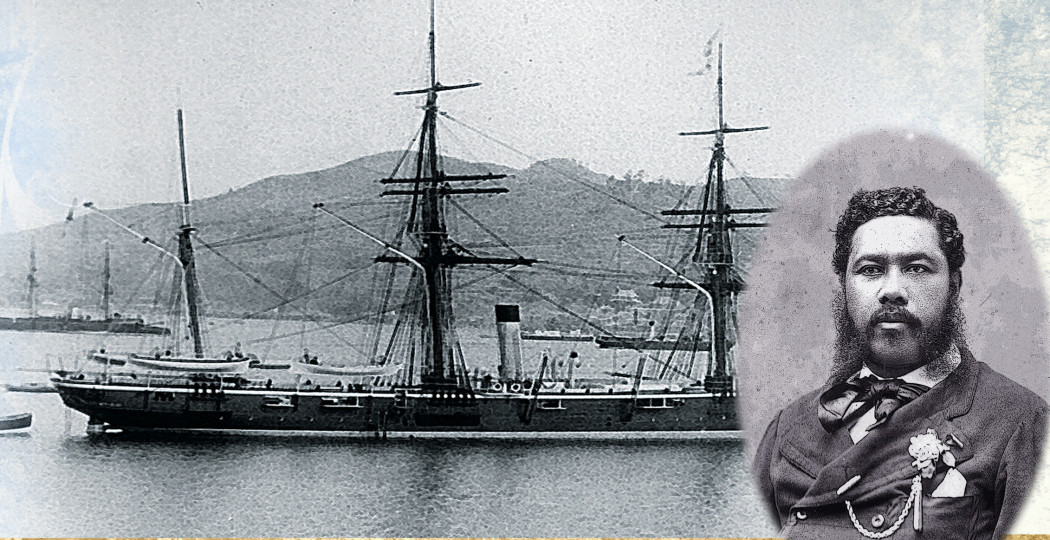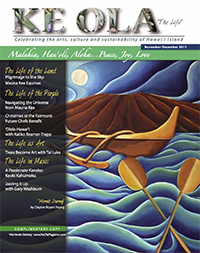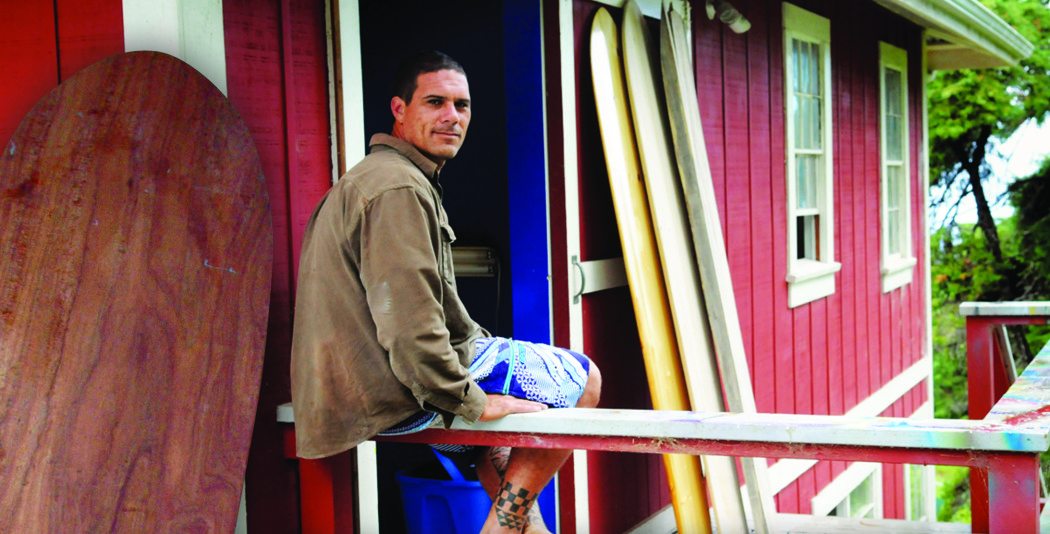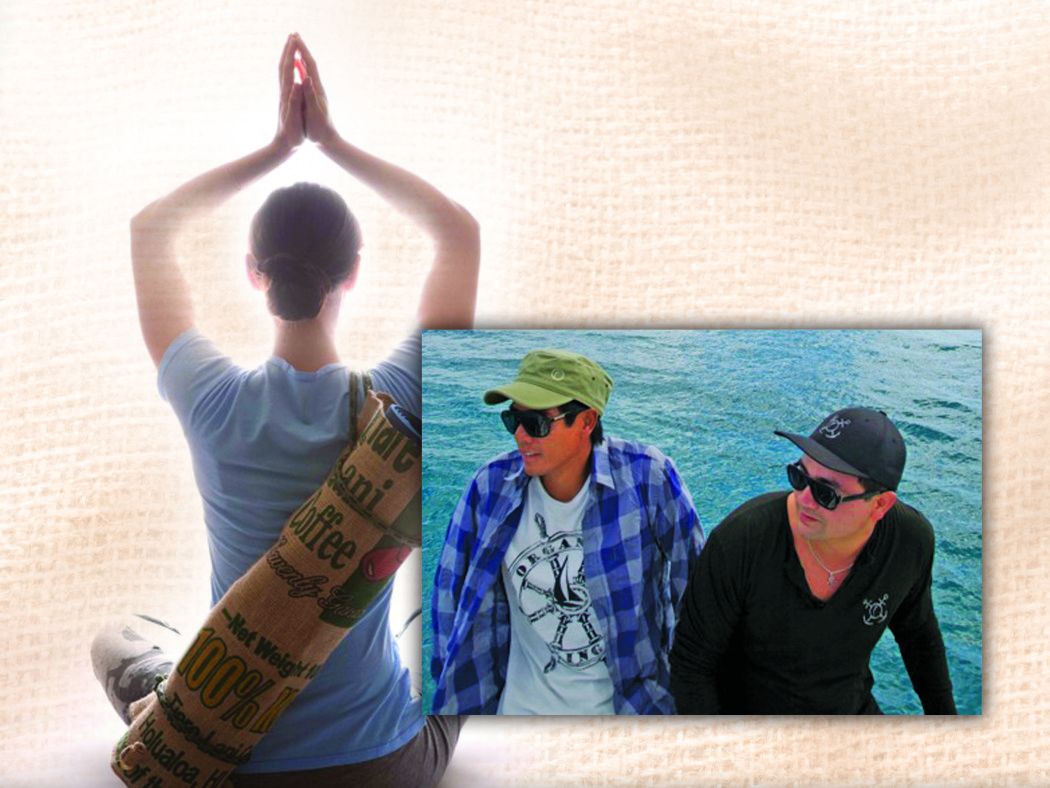
Then & Now: David Kalākauaʻs Hawai‘i—The High-Tech King and a Famous Visit to North Kohala

By Pete Hendricks
On November 16, we celebrate the birthday of King David Kalākaua, Hawai‘i’s monarch from February, 1874, to January, 1891. This Hawaiian King is well known as a champion of Hawaiian culture, hula, and song. Lesser known is Kalākaua’s involvement in the expanding world of technology of the late 1800s.
The 1800s in Hawai‘i were years of intense economic activity and significant diplomatic and trade relationships with current and emerging world powers—Britain, France, Germany, Japan, Russia and the United States. Sugar became an economic driving force, and the Kingdom enjoyed free entry of the product into the U.S., thanks to the Reciprocity Treaty of 1876. A flow of foreigners had come to Hawai‘i, many to start businesses, and these newcomers came from all the major nations. The growing population of entrepreneurs and tradesmen had strong opinions on society, government and about how Hawai‘i should do business.
An ali’i (meaning “of chiefly rank”) David La‘amea Kamanakapu‘u Mahinulani Naloiaehuokalani Lumialani Kalākaua, was born into this changing Hawai’i on November 16, 1836. After King Lunalilo, Kamehameha V, died in 1874 without an heir, Kalākaua captured the throne in a contested election against Queen Emma, widow of Kamehameha IV.

King Kalākaua made a trip to the U.S. mainland in 1874 to promote the Reciprocity Treaty, meeting with President Grant and even addressing a joint session of Congress. Later, in 1881, Kalākaua traveled around the world, visiting many countries and maintaining contact afterwards with monarchs, politicians, and military officers. On the worldwide journey, Kalākaua strengthened his interest in all things new, especially technology.
The personal letters of King Kalākaua reveal an educated man strongly involved in the expanding technology of the time, from naval torpedoes to electrical power, telescopes and telecommunications. In one letter, for example, after Kalākaua traversed the newly-opened Suez Canal on his world tour, he congratulated Ferdinand DeLesseps for building the Egyptian waterway and wished the man well in his attempt to build the Panama Canal.
Among the King’s own concepts and sketches were an armored, torpedo-proof ship and an electric-powered torpedo. Kalākaua had the first telephone lines installed in Hawai‘i, electrified ‘Iolani Palace and erected electric street lamps for Honolulu.
Even before his 1881 world tour, Kalakaua had shown an interest in astronomy, and in a letter to Captain R. S. Floyd on November 22, 1880, had expressed a desire to see an observatory established in Hawai`i. His voyage began with a visit to San Francisco, where he visited Lick Observatory in nearby San Jose. Mr. French of Lick Observatory evidently was the King’s guide at the observatory. In his journal Mr. French noted how interested and enthusiastic the King had been and how he had expressed a desire to bring such a telescope to Hawai`i.
It was not long after this that King Kalakaua expressed his interest in having an observatory in Hawai`i. Perhaps as a result of the King’s interest, a telescope was purchased from England in 1883 for Punahou School in Honolulu. In 1884 the five-inch refractor was installed in a dome constructed on the school’s campus. Unfortunately, its mounting was unstable, rendering it useless. Nevertheless, it was the first permanent telescope in Hawai`i and it was later installed in Punahou’s newly completed MacNeil Observatory and Science Center during the 1950s. Sometime since then it was replaced and has disappeared, sad to relate.
By Kalākaua’s time, the ethnic Hawaiian population had declined from more than 300,000 at first western contact to about 70,000. Therefore, foreigners became a significant force in Hawaiian business and government. In 1887, he was compelled to sign the “Bayonet Constitution,” which diminished Native Hawaiian rights and took away many of the King’s powers. Kalākaua’s reign was always an uneasy balance between the independence, health, and survival of the Hawaiian Kingdom and the pressures of westernization.
One of Kalākaua’s major gifts to Hawai‘i was the revival and preservation of oli (chant), mele (song) and hula (dance), and the royal support for kahuna, experts and elders who held the traditions and knowledge of the culture.
The monarch’s popular title of “Merrie Monarch” is somewhat misleading, as it fails to encompass all of his other contributions to Hawai‘i.
Kalākaua was a man of the sea; he had learned early the surfing, paddling, and sailing skills of Hawaiians and enjoyed ocean and seagoing craft, from double-hulled canoes to men-of-war. The King’s own boathouse, Healani, jutting out into Honolulu Harbor, was the scene of many nautical events, including outrigger canoe paddling and sailing races, as well as western-style rowing and sailing. The world-famous annual Lili‘uokalani Canoe Race in Kona is a legacy of Kalākaua’s interest in both the ocean and Hawaiian culture.
On his world tour in 1881, Kalākaua saw the navies of the great nations, and wished for Hawai‘i’s own fleet. In 1883, Czar Alexander III of Russia sent the armed Corvette HIRM Nayesdnick to Honolulu to honor Kalākaua at his coronation. Nayesdnick was typical of the late-1800s’ change from sail to steam and wood to iron. Some 230 feet long, Nayesdnick carried both sail and steam power.
After Kalākaua’s coronation, the Nayesdnick, as a courtesy, transported the King and his retinue in May, 1883, to Hawai‘i Island for the dedication of the original Kamehameha I statue at Kapa’au. A copy of the statue had been an important part of the elaborate coronation ceremony for Kalākaua in Honolulu. The original statue had been lost and subsequently recovered at Port Stanley, Falkland Islands, in the far South Atlantic. It had been decided that the recovered and restored statue should be placed near the place of Kamehameha’s birth.
So it was that King David Kalākaua arrived at Māhukona, a formerly active harbor and pier in North Kohala (now a park), courtesy of His Imperial Russian Majesty Alexander, for the statue dedication. By then, the Hawaiian Railroad Company was running 19-7/8 miles from Māhukona to Niuli‘i. Incoming goods, passengers, and especially sugar had made North Kohala a busy place. Land devoted to sugar in the district would grow to 14,000 acres in the following century. Incoming foreign vessels could even clear Hawai‘i Kingdom Customs at Māhukona port.
Kalākaua’s visit was a huge event for the Kohala community. A special train was scheduled from Niuli‘i Sunday morning, May 6, to transport Kalākaua and his retinue from Māhukona to the Star Mill station. Kalākaua disembarked the Nayesdnick while the crew manned the yards and a royal salute sounded on the ship’s cannons. Locomotive, tender, six passenger cars and two baggage cars formed the train, with Kalākaua and his party occupying the last “special” car. The ornate, teakwood-paneled passenger cars, built in London and sheathed in fine-grained teak, were thereafter known as “Kalākaua cars”.
The royal party left the train at Star Mill and took to horseback. A detachment of cavalry preceded the King’s party. More than 200 people on horseback followed the official riders. The rest of Sunday and Monday were filled with ceremonies, parties, entertainment, music and dancing. People had arrived from as far away as Laupauhoehoe to honor the King and witness the dedication of the statue.
On Tuesday, May 8, Kalākaua unveiled the Kamehameha statue, the troops forming a guard of honor, and the band playing in front of the statue. Honored guests included the Governess of Hawai‘i, Captain Kalogueres and eight officers from the Russian corvette. Before leaving Māhukona the next day on the Nayesdnick, His Majesty thanked the people of Kohala several times for their hospitality and support.
Kalākaua was also interested in the science of the ocean. When the worldwide British Challenger oceanographic expedition (1872-76) visited Hawai’i, the six principal naturalists aboard were most impressed with the King’s knowledge of the marine environment. Dr. Henry Moseley of the Royal Society, London, remarked, “The King took the liveliest interest in the special work of the Challenger, and was almost the only distinguished visitor of the many to whom I had exhibited microscopical objects during our voyage, who recognized the well-known anchors in the skin of the Holothurian synapta, and named them at first glance.” Moseley’s formal Victorian remarks were a reference to Kalākaua’s knowledge of a kind of sea cucumber (loli, in Hawaiian).
King David Kalākaua died in San Francisco in 1891, while on a trip to promote the Kingdom. At a time when many people believed that ocean resources were unlimited and inexhaustible, Kalākaua understood the connection of his people to the sea, appreciated how it aided his gobal diplomacy, yet recognized its need to be sustainable. He was truly a renaissance King and, in many ways, far ahead of his time. ❖
Contact writer Pete Hendricks at oldsaltp@yahoo.com.


